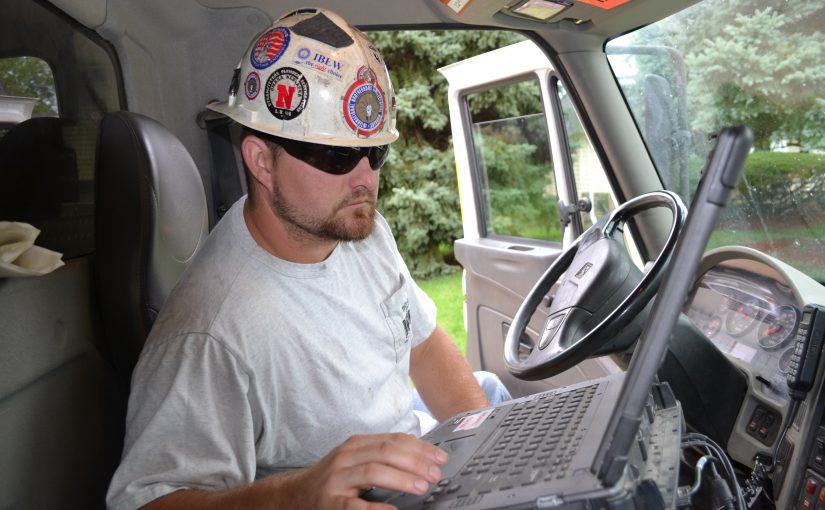Infographic: What makes an OPPD troubleshooter?

When an OPPD service truck rolls down the street, rest assured that the crew inside is working to keep your power on.
Take an OPPD troubleshooter, for example.
Their role is to respond to emergency outages and calls for service. They identify problems and make repairs or arrange for repairs by line technicians, underground crews or other specialized personnel.
Here are six things customers may want to know about what goes on when restoring power outages.
- Safety matters always. Working around power equipment poses dangers, but workers receive continuous training on how to do the job safely. They wear personal protective equipment, make sure their surroundings are safe – for themselves and nearby customers — and maintain communication with dispatchers who oversee the transmission and distribution systems.
- Lines of communication stay open. In addition to talking with the dispatcher, crews talk to each other and to customers who may have seen or heard something that may help with the restoration work.
- Detective work plays role. The electrical system is complex. When an outage occurs, it sometimes takes some cunning detective work to track down the root cause. For instance, the troubleshooter may have to go from transformer to transformer to see where the failure occurred. Once the problem is found, the worker may have to isolate part of the system to do repairs, then go back to check or reset equipment – and make sure the lights came back on.
- Customer needs count. Troubleshooters want to make sure customers have power to live their lives. They know what electricity means to their families, and they relate to customers. Why else would these workers want to work in all types of extreme weather?
- Access to equipment speeds up work. Sometimes, the troubleshooter may have to go through many backyards to find the problem. Debris or overgrown landscaping that blocks the equipment slows repair work and poses a hazard.
- Trees in lines cause problems. Limbs fall and bring down lines or brush against the power lines and disrupt service. From 2012-2016, trees accounted for 19 percent of OPPD’s known power outage causes. Customers can help by not planting trees directly under power lines and by considering the mature height of trees when planting near power lines.


Paula Lukowski has more than 34 years of corporate communications experience. By far, her favorite aspect of that role has been profiling the great work done by OPPD employees and retirees. A master gardener, Paula and her husband Mark have two grown children and two grandsons.
View all posts by Paula Lukowski >







